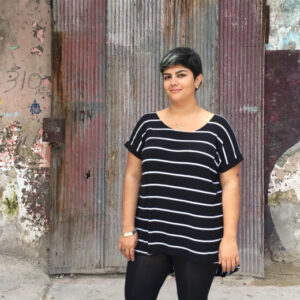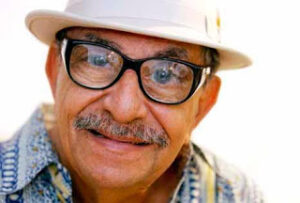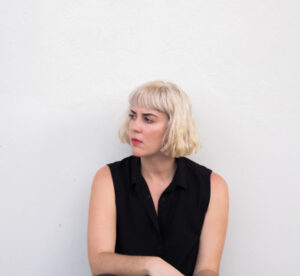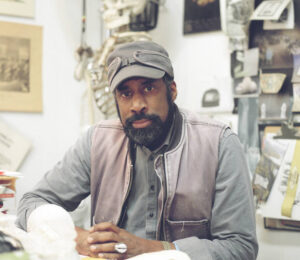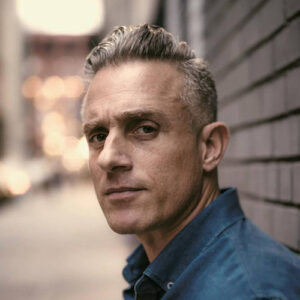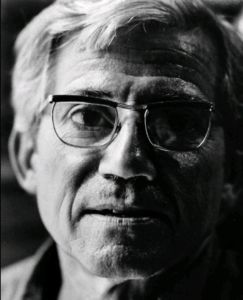Erika P Rodriguez
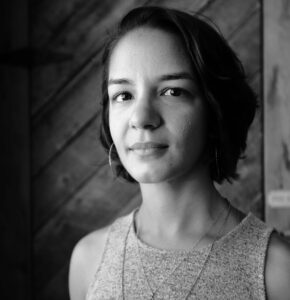
Erika P Rodriguez
She focuses on projects about the underrepresented area of the Caribbean, Puerto Rico. Her interests have been molded by the fact that she comes from a place which is culturally Latin American, and politically an unincorporated territory of the U.S., through which she explores topics such as identity and community. Through her work she tries to document the lived Puerto Rican reality – its economic crisis, and colonial condition.

The Oldest Colony (2018)
The Oldest Colony project aims to capture the political limbo Puerto Rico exists in, built by its territorial status and self-identity crisis, both being carried on for more than 500 years of colonization. She depicts the chaos of politics, hardships of the economic crisis, hurricane Maria’s aftermath, and the celebrations and contradictions in all of these aspects
